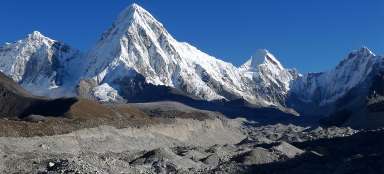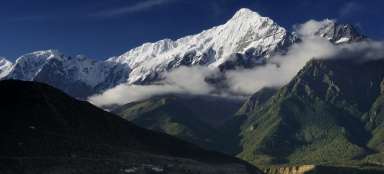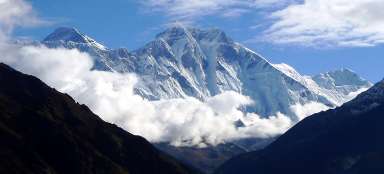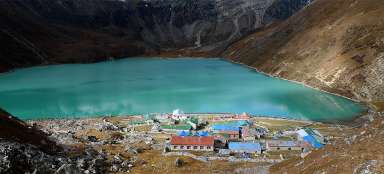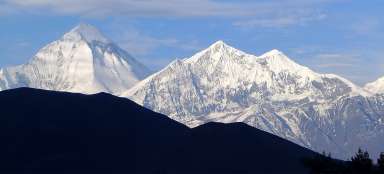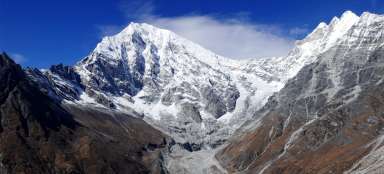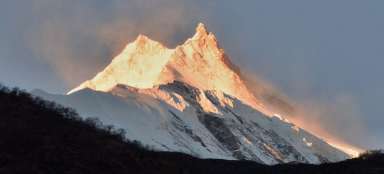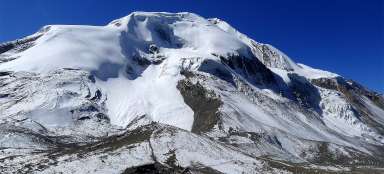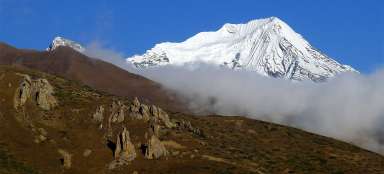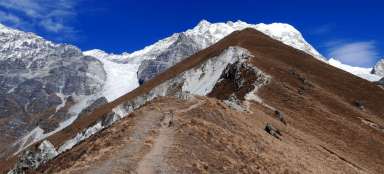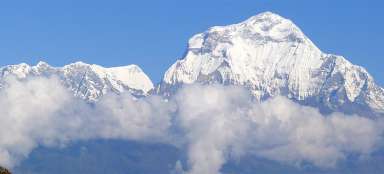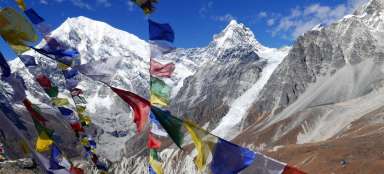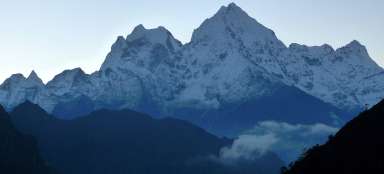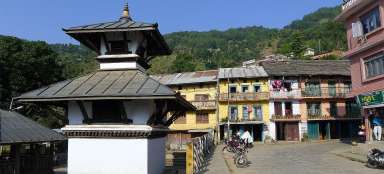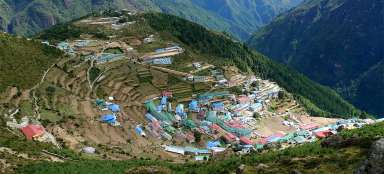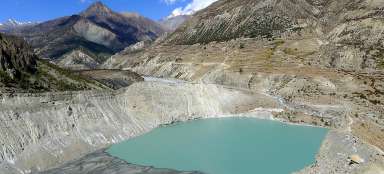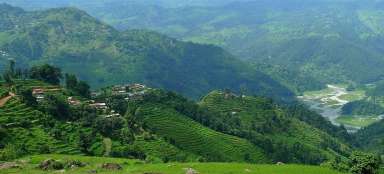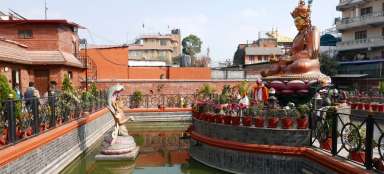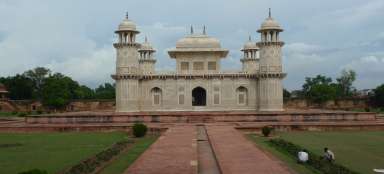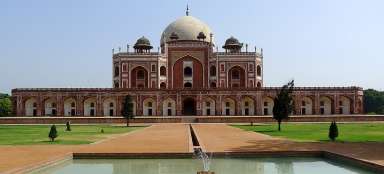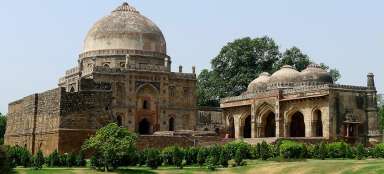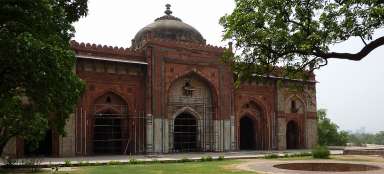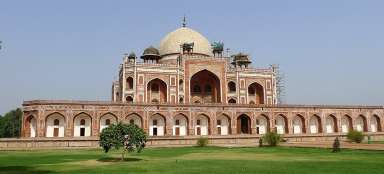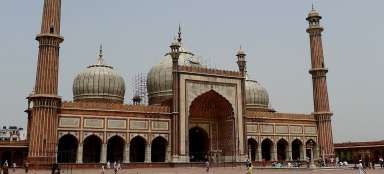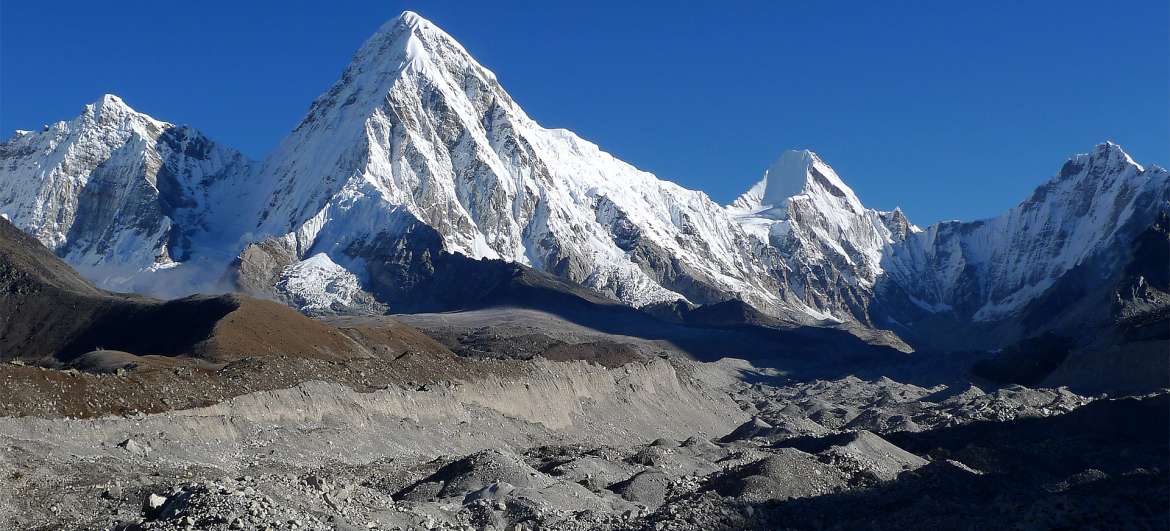
Nepal Hiking
Do you have anything to say about this? Don't hesitate and write your information and experience to help other travelers.
Tourism is by far the most important activity of most visitors to Nepal. No wonder. Here you will find some of the most beautiful treks on the planet. Everyone can choose from extreme treks to pleasant one-day hikes. The only annoying limit is the number of permits that you have to obtain for most routes.
Hiking circuits & Trekking
Most travelers go to Nepal mainly for trekking. No wonder – you can find some of the most beautiful mountain treks in the world without debate right here. Each of the mountainous areas of the country has „its“ main trek here, mostly named after the adjacent 8,000-meter peak or the highest mountain. Most of these processes last about 2–3 weeks.
Classic Treks
The most classic and most visited treks can be found in the area of Everest, Annapurna, Lantang and now also Manaslu. – ** BC Everest trek: ** is one of the most famous treks in Nepal and also the most crowded, mainly due to the same trip back and forth in the classic itinerary. However, the views from Kala Patthar to Everest, Nuptse and Pumori are unforgettable. Along the way, there are also views of other beautiful mountains such as Ama Dablan, Lhotse and others. The advantage is the possibility of a large number of side trips to the side valleys and to the scenic hills, almost without tourists. – ** Trek Around Annapurna: ** a trek that attracts mainly with its diversity and changes in the surrounding landscape with amazing views of a number of 7,000 peaks. Challenging only in its length than technical difficulty. Another advantage is its practical unidirectionality, which optically reduces crowds of tourists. In addition, it is guaranteed to have the best weather in the season. – ** BC Annapurna trek: ** Travel agencies in Pokhara attract visitors to this very crowded trek for their relative brevity. However, the weather here is significantly more fickle due to the windward side of the mountains and the actual path is more difficult and less panoramic / thanks to the foggy rhododendron and bamboo forest /. The actual BC under the monumental wall of Annapurna I is beautiful – ** Langtang trek: ** easily accessible thanks to the bus connection and the proximity of Kathmandu, to see there is a beautiful valley culminating in the mountain Langtang Lirung. Unfortunately, the area was badly damaged by the earthquake – ** Manaslu trek: ** The trek formerly less walked is due to the fact that it is not marked by the road as a side Annapurna increasingly popular with tourists. In addition, it can be extended by a visit to the Tsum Valley – ** Mustang trek: ** formerly a forbidden kingdom than fortunately accessible to tourists. Of the classic most famous treks, it is the most expensive due to the high entrance fee and the least visited. Here you will see the „Tibetan“ landscape beyond the Himalayas with many Buddhist temples – ** Khumbu – Rolwaling trek: ** is one of the most famous of the difficult, practically already climbing treks. Here the crossing of the dangerous Tesi Lapcha pass awaits you
Off Beaten Treks
These treks are mostly in more remote areas, less accessible, in more demanding terrain or with an expensive entrance fee. In the east of the country it is a trek to Kanchenjenka and Makalu, the Ganesha region, then to Dhaulagiri and everything further west, including the abandoned 7,000-strong Api and Saipal. The incredible Great Himalaya Trail (approx. 1700 km long, with the highest point of 6,146 m above sea level) leads through all the mountainous areas of Nepal (much visited and little).
Difficulty of hiking trails
You may be surprised, but most of the most famous treks lead along nice relatively wide paths (trade caravans have walked here since time immemorial), which are not technically difficult at all. For most tourists, the biggest problem is the total length of the trek or altitude. However, count on the „endless“ stairs leading in the stuffy foggy forests on the windward side of the mountains or the possibility of snow even in the season on the five thousand passes.
Support on the trek
There are a lot of routes in Nepal where you basically don't need any more support. However, most visitors come here in an organized way, so they mainly use the services of porters and local guides.
Travel agencies
In Kathmandu and Pokhara, local travel agencies are literally at every turn. Most of them are able to organize virtually any trip according to your ideas. Even if you want to travel or trekking independently, you can at least use them to get various permits and permits and make it easier to run around the offices.
Mountain Guides
It is very common that those who use the services of porters also use a guide (professional guide to a trek). In addition, a guide is also mandatory on a number of treks, which is not particularly popular with independent tourists.
Porters
Depending on your strength and financial capabilities, you can also arrange porters who will help you with luggage on the trek. Most tourists trek in Nepal with only a small backpack and have everything else carried (especially travel agency tours). For example, it is possible to arrange only that the porters carry only food and the rest of the tourist's luggage (especially on remote frictions). Everything can be arranged in advance on the Internet (often at exorbitant prices). Or only in Kathmandu / Pokhara at significantly more affordable prices.
Mountains Climbing
Nepal is, of course, a mecca for climbers from all over the world, who are trying their luck here on 8,000 meters. Of course, tourists will also enjoy it here. There are several peaks and passes higher than five thousand meters above sea level easily overcome.
Maps and orientation in the landscape
Orientation on Nepalese tours is usually relatively easy. Of course, the transitions of glaciers must not be underestimated, especially in bad weather, when you can easily get lost.
One day Hikes
An alternative to the high-altitude treks under the 8,000-meter peaks are one-day interesting hikes through the green Mahabharat Mountains with a beautifully panoramic view of the distant snow-covered ridges of the Himalayas. A good starting point is, for example, Pokhara or Gorkha.
Maps and sketches
In Kathmandu, Thamel, you can get good and detailed maps at virtually every step. In Pokhář in a similar way. You will also find a number of sketches on the Internet – especially for the most famous treks. These are ideal even before the actual trip for basic orientation. Basic maps are also in book guides such as LP or RG
Marking of hiking trails
Hiking trails are usually not marked, but it is practically impossible to get off the main path on the main trails. Here and there it is possible to come across a sign with the name of the next village. The most famous sign is probably the one with the austere name „Way to Everest BC“
Walks
The surroundings of Lake Phewa in Pokhář are ideal for walks.
Peaks for Hikers
The highest peaks, relatively easily accessible and accessible for hikers, include: – ** Kala Patthar ** (5,648 m above sea level) / the most beautiful of the views in Khumbu overlooking Everest, Nuptse and Pumori / – ** Gokyo Ri ** ( 5 366m asl) / beautiful view of Cho Oyu, Everest, Cholatse and Arakam tse / – ** Chhkhung Ri ** (5 375m asl) / beautiful view of Amadablan, Lhotse and Island Peak /
Easier climbing Peaks
Lighter climbing ascents are to the mountains, which fall into the so-called list of „trekking peaks“. it is now divided into two groups A (newly added permitted peaks and B (original peaks) – ** Mera ** (6,476 m above sea level) – ** Imja tse ** (Island peak) (6,189 m above sea level) – ** Pisang ** (6,091 m above sea level) – others are, for example, Lobuche, Cholatse, Machermo and many others
